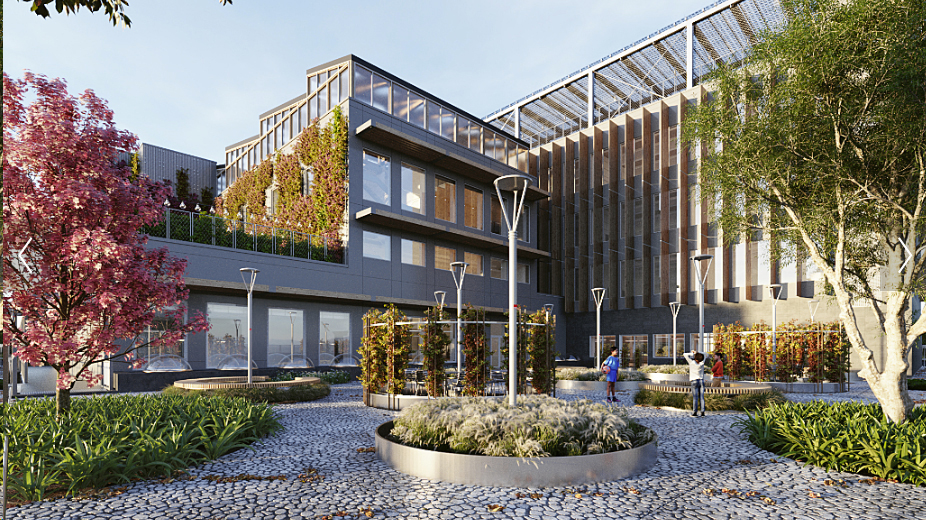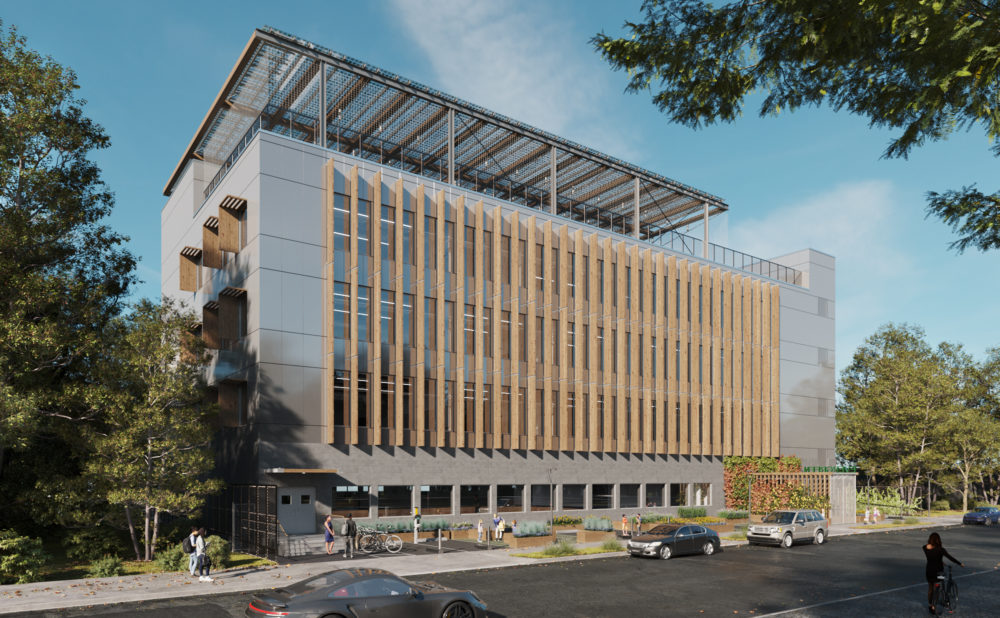Wednesday, April 2, 2025, 11:30AM-1:00PM EDT | 1.5 HSW/LU Credit


Evergreen Charter School is one of the first schools on the East Coast to be designed and built using mass timber construction. The 89,000 square feet, K-12 school uses engineered wood systems to create a sustainable structure that reduces the building’s impact from embodied carbon content. The impacts of carbon on the environment are well documented as are the benefits of using mass timber to mitigate or reduce those impacts as was achieved in the Evergreen Charter School. Additionally, the design relied on the science of healthy buildings and the impacts of biophilic design on learning environments.
In this session, a panel of professionals will discuss the process for selecting mass timber and some of the challenges of the approach, the implications for design, the approvals process, and the construction of the building. The goal is to familiarize participants with the design, regulatory, and construction challenges related to working with mass timber and some of the ways they can be readily overcome for the safety and welfare of all involved.
Evergreen Charter School is one of the first large-scale, mass timber structures to be built on the east coast. It is achieved within a low-income community at a price point that is cost comparative with traditional school buildings, meaning sustainable and innovative buildings can be realized within even modest budgets. This is essential: as the global warming crisis becomes more severe, it is necessary that we build more sustainably not only for marquee, highly-funded projects, but everywhere.
Learning Objectives
By the completion of this session, attendees will:
1. Explore the ways mass timber addresses carbon reduction goals for the betterment of the natural environment and human welfare.
2. Asses the benefit of mass timber construction and biophilic spaces related to the general welfare of students and their learning outcomes.
3. Discuss the benefits of designing with mass timber products, including structural versatility and compliance with current building codes and standards for safety in schools.
4. Evaluate the economic aspects of mass timber structural systems that allow for faster and more efficient construction, even when challenges are encountered.
Register here | AIA Members (all states): $45 | Non-members: $75